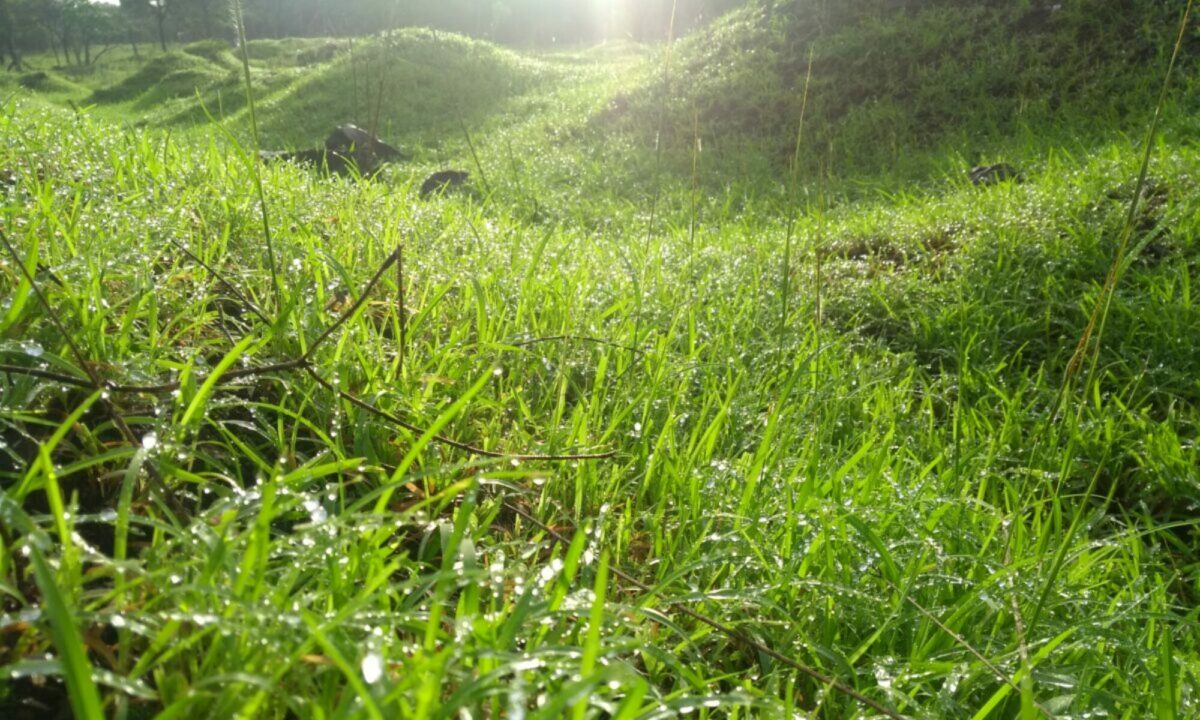As we made our way up, it was a veritable ‘jatra‘ there (mela-fair). People came in cars, on two wheelers and in buses all to climb up the about 700 m high fort- Pune’s pride. The climb is about an hour of continuous uphill work. More if one is not used to regular exercise and less for the fit and with less crowds.
The view is breathtaking. There is no need to worry if one is on the right track, just follow the hordes!
The most amazing thing was that majority of those on foot were in the age group of about 40 years. Ladies and men alike enthusiatically went up with radio for company. Luckily the solid rock face held off cell signals so one could truly be with nature. Children were the next largest group and surprisingly youth ranked the least. We even met some really old gentlemen who must have been above 60 yrs atleast who climbed up easily, putting others to shame.
As one looked up I spotted the setting moon along side the Doordarshan tower in the tender morning light. A beautiful sight (photo above). The backwaters of the Khadakvasala dam could be seen snaking behind the hills.
The final climb is the steepest and narrowest but locals are there to assuage our stress with cooling lemon juice, curds (in earthen pots), buttermilk and plain cucumber. All exhaustion just melts away as one sips the simple fare. Those really hungry could walk ahead for ‘junka bakri’ (Maharashtrian roti made of Jowar served with chilly and onion) or ‘bhaji’ (pakora). We decided to give these a miss fearing the Sun and began our descent. Surprisingly I found that part to be tougher than going up as the stones had loose soil which made the track slippery. We made it up in 55 minutes (good time I am told) and the return journey took the same time.
As one looks up one can see the serpentine queue snaking up the bare brown hillside. Buses ply between Swargate and Shaniwarwada to base of the Sinhagad fort beginning as early as 5 AM on Sundays. From then on its by bus 11! Carry your water, essentials in a backpack, wear a pair of sturdy shoes with a good sole. Cap and suntan lotion are a must for this season. That’s it. You are in business. You can catch a bus back to town once you are done!
The trees are totally bare now but come the first showers, will be a riot of green. Those visiting Pune must make it a point to visit this fort. And do go on foot if possible. The visit is worth discovering every muscle in your body!
